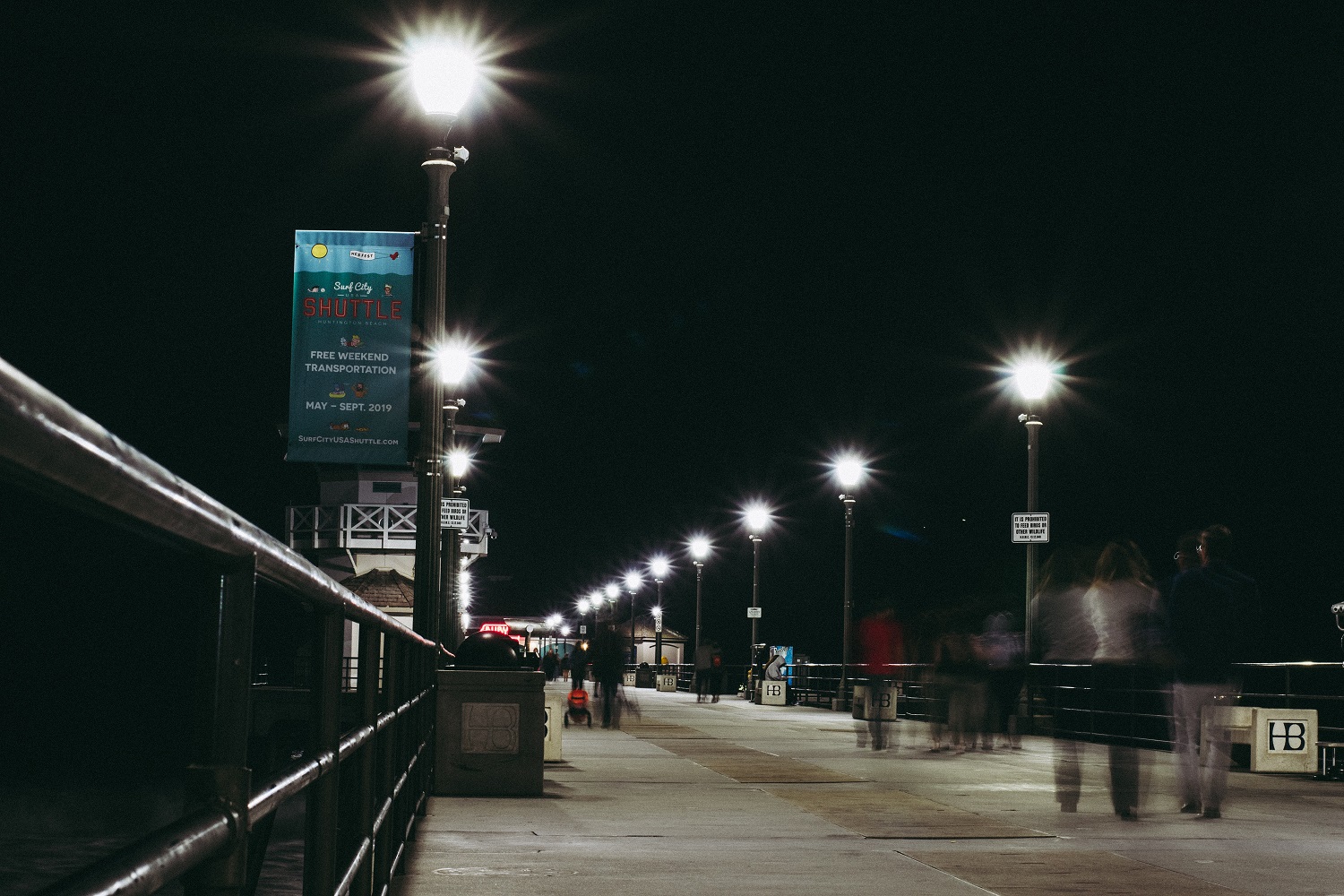A lamppost is more than just a mast with a lamp. It is increasingly becoming a multifunctional object in public space that combines distinct functions. Such as smart lighting that responds to the environment, sensors that measure air quality or noise pollution, or an integrated charging point for electric vehicles.
There are about 3.5 million lampposts in the Netherlands. Almost all of these have a connection to the power grid and increasingly have connectivity, for example via fiber optic. This makes this infrastructure extremely suitable for new digital solutions for the smart city.
In practice, there are many barriers that hinder the integration of new functions in a lamppost. For example, increased requirements are rightly imposed on the use of sensors and other IoT devices in public space, such as privacy guarantees, data ownership, certifications, compliance with (spatial) legislation and application of open standards. In combination with the limited insight into the (im)possibilities of each light pole and the current use of sensors (including data collection) in public space, this leads to reluctance to add new/extra devices. This is reinforced by the fact that many different parties are involved, such as the network manager, the municipality, maintenance parties, the fiber optic operator, and the suppliers of partial solutions.
Some of these barriers can be removed by providing support in assessing the functional and technical aspects of viable solutions. A transparent assessment framework provides clarity about relevant aspects such as data ownership, connectivity, service agreements, standards, costs and security.
If there is better insight into the characteristics of the mast, the applications and the parties involved, this simplifies the monitoring and management of the entire value chain and the underlying service process. That is exactly what the WeCity Service Portal does. This subject is also central to the SLAM project.


